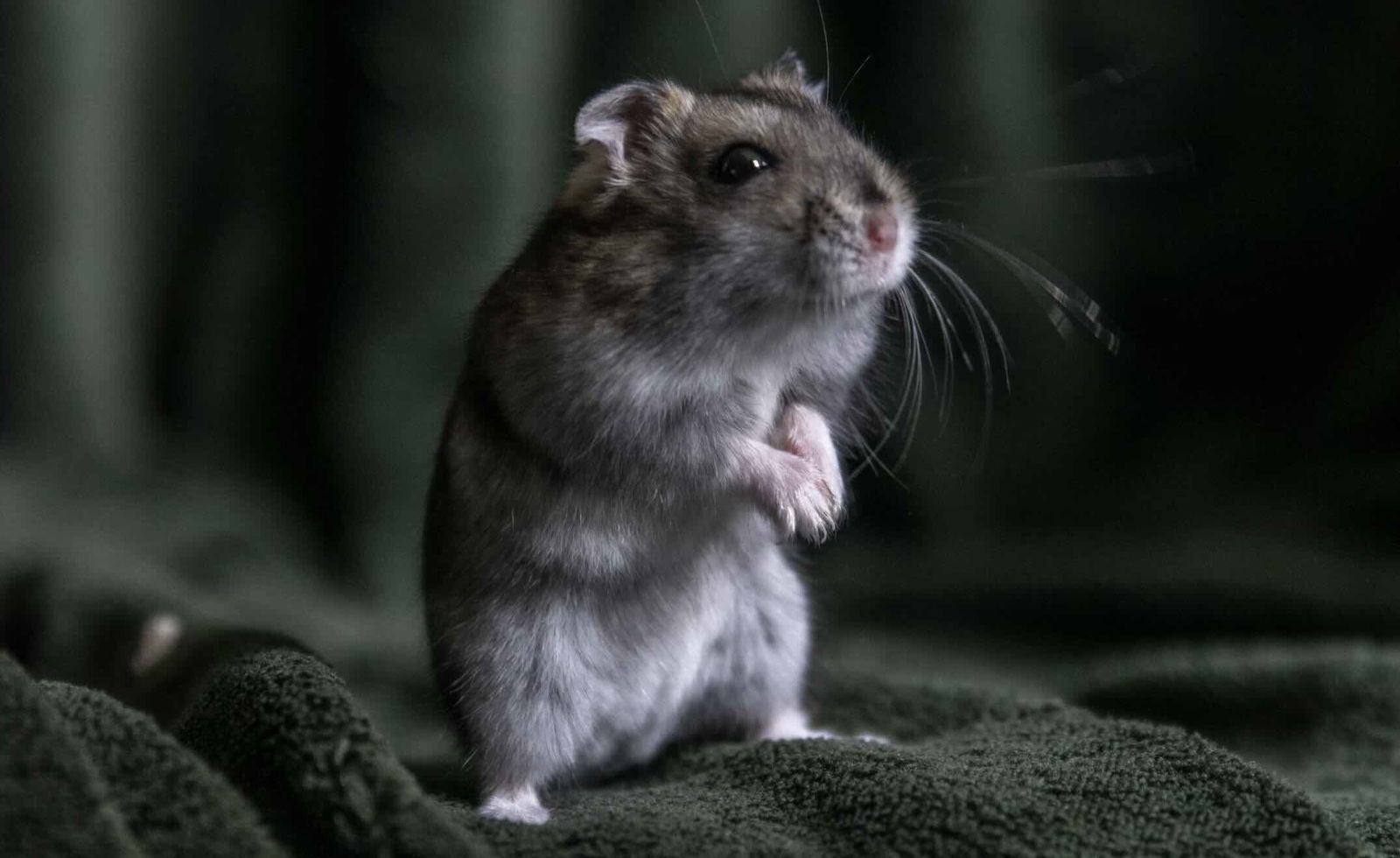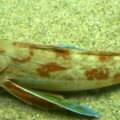For decades, scientists believed that mice’s ultrasonic vocalizations (USVs) were simply mating calls, but new research suggests these sounds may be giving the mice sensory abilities similar to those of Jedi in the Star Wars franchise.
Eduardo Mercado III, a bioacoustics expert from Buffalo University known for his work involving whale songs, shifted his focus from large marine animals to tiny rodents for his more recent research. After reviewing existing studies, Mercado noticed something that led him to reconsider how mice use USVs.
Something Off About Mice Behavior
Mercado’s first clue came when he compared the behavior of mice emitting USVs to other animals’ mating behaviors. In most species, animals engaged in mating displays focus solely on that task.
However, mice were doing something unexpected—they paused to sniff the air right after emitting USVs. This behavior was more similar to how mice explore their environment, using their whiskers, visual scanning, and sniffing, rather than a typical mating ritual.


“That could be a coincidence, or it might suggest the two are functionally related,” Mercado noted. “I knew that techniques for using ultrasound to manipulate particles are used in the field of vibroacoustics, and thought immediately that might also work for animals.”
Vibroacoustics
Vibroacoustics, when artificially produced, have a range of applications that include their use in therapeutic devices for body massage, or even to cancel out noise in loud industrial settings.
However, one application may be especially relevant to understanding mice: remote sensing. When applied in this way, vibroacoustics can be used to help detect internal damage in structures or locate leaks, enabling humans to explore areas beyond their natural sensory capabilities.
Mercado’s research led him to the current hypothesis that mice could be using USVs to enhance their physical senses in a similar way. The sniffing behavior gave him the clue to investigate how vibroacoustics could assist in the sense of smell. He proposes that the ultrasonic vibrations may be causing particles, such as pheromones, to cluster together, allowing the mice to distinguish between friends, mates, and potential threats in their environment.
“This phenomenon has never been observed before, or I believe even suspected, in any animal,” Mercado explained. “They’re creating new pathways of information by manipulating their environment and controlling the molecular interactions of particles around them. It’s so far off the scale of what we know that it’s like we’re observing ‘Jedi’ rats. It almost seems like magic.”
Implications for Humans
Mice and rats have long been central to biomedical research, seeing such common use that the term “lab rat” has become synonymous with experimental subjects. A shift in understanding how mice interact with their environment and use their senses could have wide-reaching effects, potentially prompting a re-evaluation of numerous experimental results.
“Rodents are at the forefront of biological research,” said study co-author Jessica Zhou, a student researcher at Harvard University. “Rodents, especially rats and mice, are the unsung heroes of the scientific world.”


These findings have two major implications: one related to cognition and another related to mechanics. Researchers speculate that using smell to explore the environment may have played a key role in developing advanced cognitive abilities, such as memory and attention. A better understanding of smell in rodents could offer insights into cognitive evolution and human consciousness.
On the mechanical side, studying nocturnal animals has already led to the development of night vision technology. Understanding how USVs are used naturally may lead to advancements in remote sensing technologies for humans.
“The fact that we were oblivious to anything like this being possible means we don’t yet fully understand how nanoparticles could be sonically manipulated for complex uses,” Mercado said. “But we might have a pretty big head start if we confirm that nature has already solved the problem for us.”
Mercado and Zhuo’s new paper, “Do Rodents Smell with Sound?” appears in the December 2024 issue of Neuroscience & Biobehavioral Reviews.
Ryan Whalen covers science and technology for The Debrief. He holds a BA in History and a Master of Library and Information Science with a certificate in Data Science. He can be contacted at ryan@thedebrief.org, and you can follow him on Twitter @mdntwvlf.

